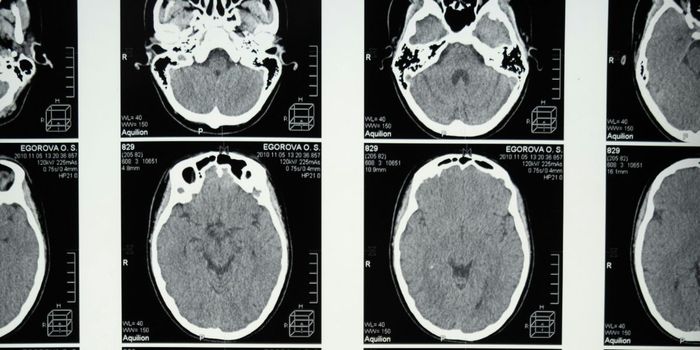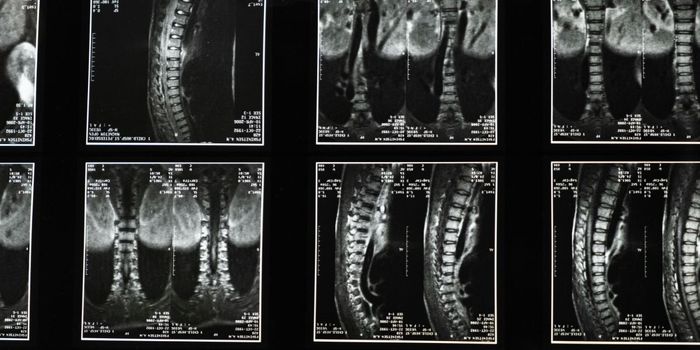Soccer players, CTE, and Neurodegenerative disease
The 2020 Tokyo Olympics have come to a close, the Olympic soccer tournaments have been played, and winners awarded their medals (the Canadian women’s team and Brazilian men’s team, respectively, claimed gold). The Olympics, combined with the 2020 EuroCup—won by Italy the end of July—has recently put the spotlight on international soccer tournaments.
With this highlight on soccer at the moment, researchers have begun to question if there is an association between field position and length of career when it comes to developing a neurodegenerative disease like dementia. The presence of Chronic Traumatic Encephalopathy, commonly known as CTE, had already been documented in soccer players. CTE, which is caused by repeated head injuries and is well-documented in American football players, has been argued to be worse in soccer players, depending on their field position.
However, CTE can only be diagnosed postmortem, via autopsy. Thus, many individuals who may have, or are at risk for, CTE do not know whether they have it. Moreover, repeated head trauma could contribute to a traumatic brain injury (TBI) and thus a host of other neurodegenerative diseases aside from CTE.
New research from a team at the University of Glasgow, United Kingdom, sought to fill in this gap in health research. Population data from a control sample of non-athletes and former male professional soccer players, obtained from birth and medical records, was used to determine whether field position, era played during, and length of career impacted the likelihood of developing a neurodegenerative disease. Results suggest that the risk of neurodegenerative disease is 3.5 times higher among former professional soccer players than non-athletes, especially for those with careers of 15 years or longer. In contrast to the hypothesis, there was no significant increase in neurodegenerative disease for goalkeepers. But, outfield defenders were 5 times more likely to develop a neurodegenerative disease than other players, and this only increased with length of career, especially for those 15 years or longer.
Some are questioning whether these new results, taken in concert with what is known about CTE, mean that soccer balls should come with a head injury warning. At the very least, these results indicate that soccer players with longer careers who play in defensive positions should work to develop strategies to reduce head impact exposure.
Sources: Acta Neuropathologica, CNN, Annals of Neurology, JAMA Network, Science









